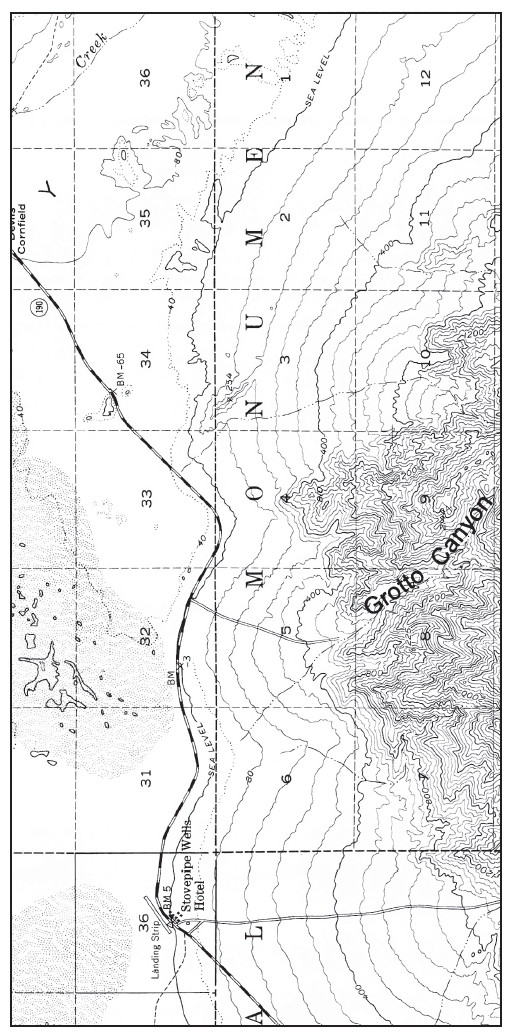World population has now stabilized because of limitations imposed by resource shortages.
Answer the following statement true (T) or false (F)
False
You might also like to view...
The world region that experienced the greatest increase of internally displaced persons (IDPs) in 2012—to almost six million—is
A) North America. B) Latin America. C) Africa. D) the Middle East. E) Asia.
Locate the large triangle-shaped hill in the bajada, about 3 inches (8 cm) down from the top of the stereogram. Does it appear that alluvium brought down from the mountains is building up and flowing around this hill? How can you tell?
The questions on the following page are based on Figure 45-4, a stereogram of the Stovepipe Wells region of Death Valley, California, Figure 45-5, a portion of the “Stovepipe Wells, California” quadrangle (scale 1:62,500; contour interval 80 feet; north is to the left side of the stereogram and topographic map), and Map T-27a, color aerial imagery of this same region of Death Valley. Several large alluvial fans that come out of the Tucki Mountains are coalescing to form a bajada 136°35'17"N, 117°06'35"W).

Figure 45-5: USGS “Stovepipe Wells, California” quadrangle. North is to the left side of the page (scale 1:62,500; contour interval 80 feet, dotted lines represent half-interval contours<--N).
When a tropical rain forest is clear-cut, the most likely impact to the environment is
A) loss of biodiversity. B) movement of oxygen from the biosphere into the atmosphere. C) increase in water stored in soils. D) a decrease in the number of days with freezing temperatures.
Which of the following hormones is produced in the kidney?
A) insulin B) glucagon C) renin D) vasopressin